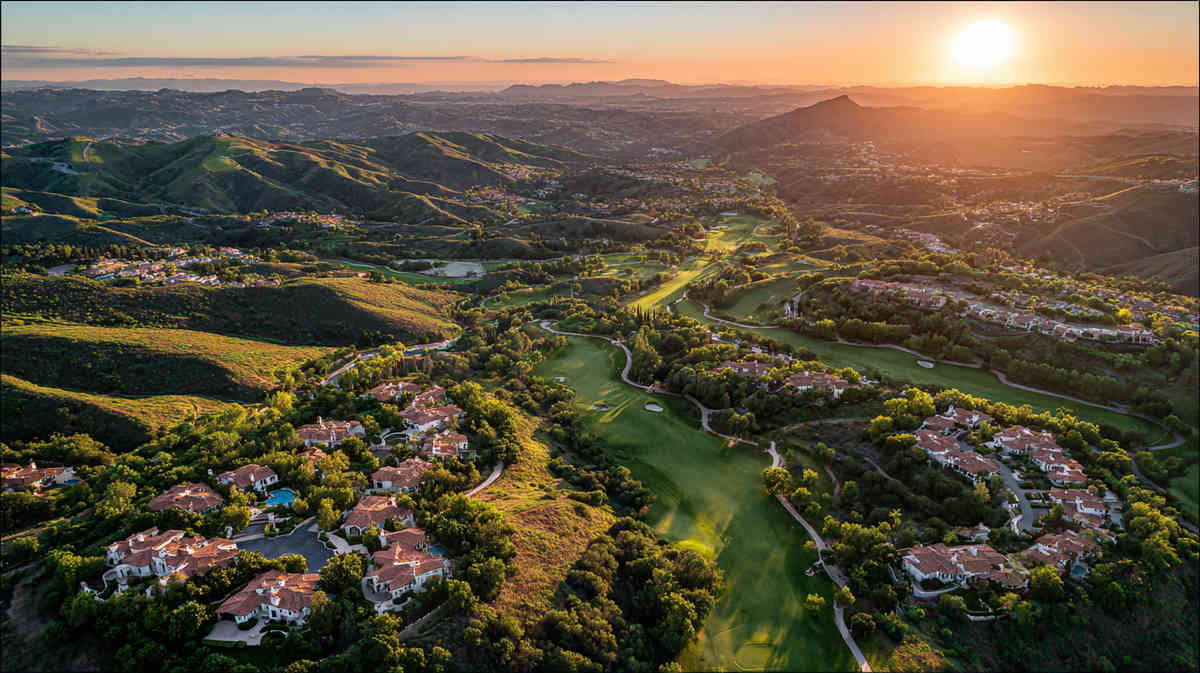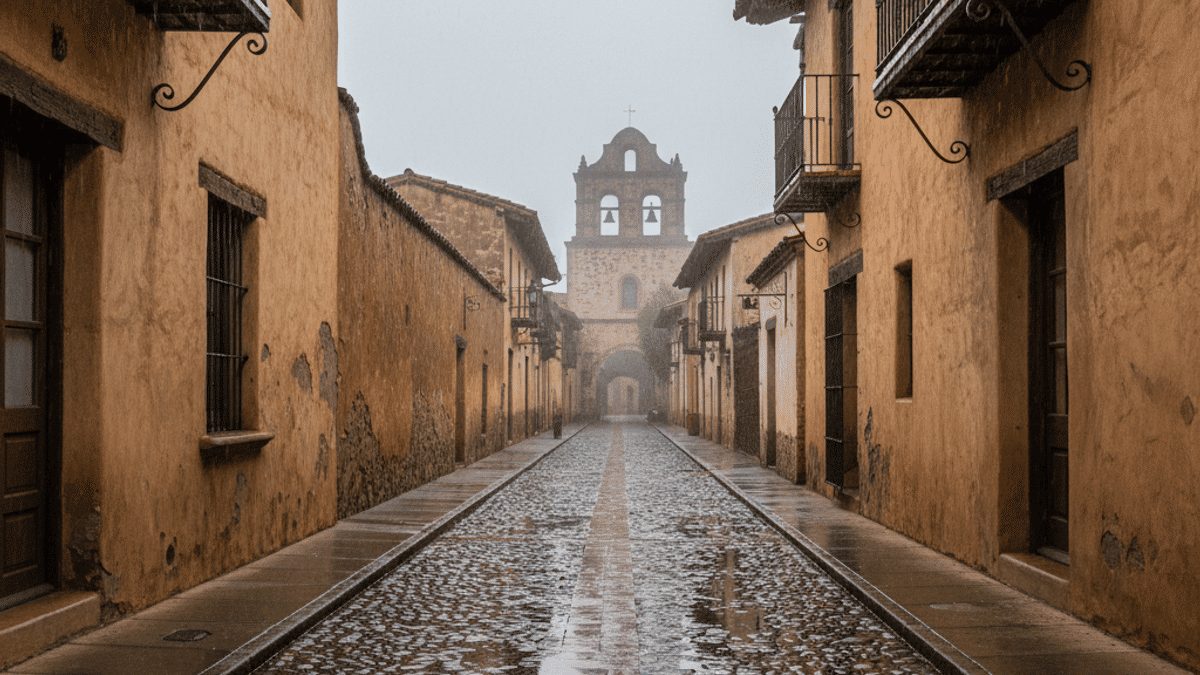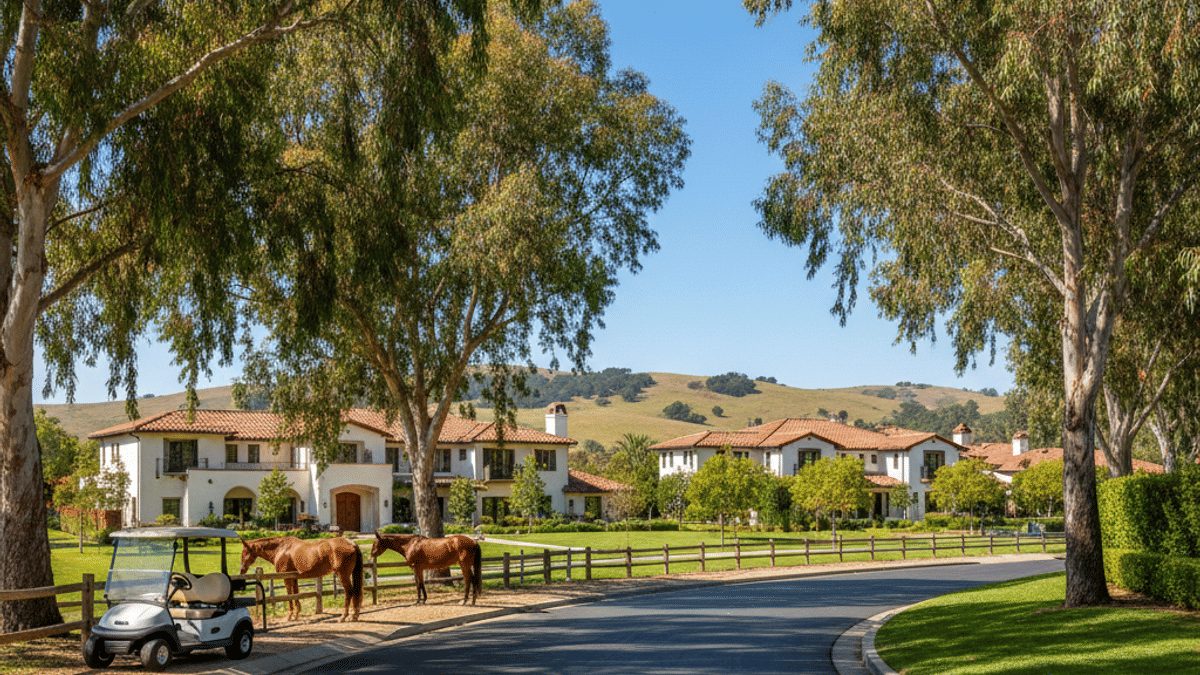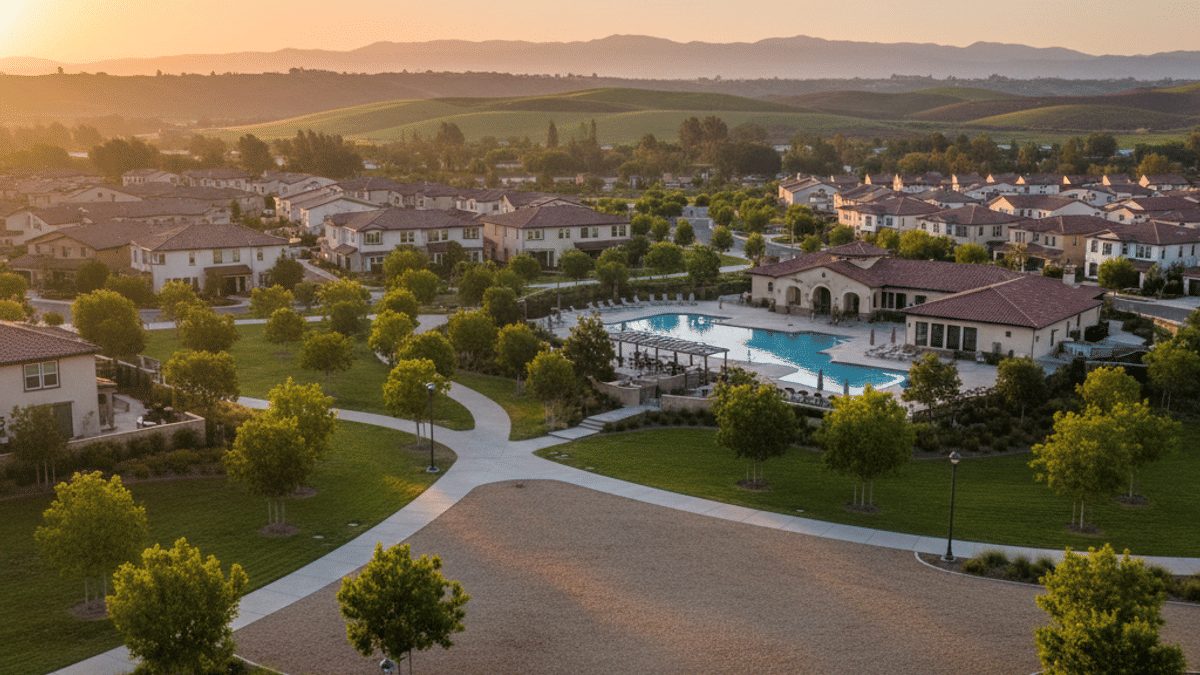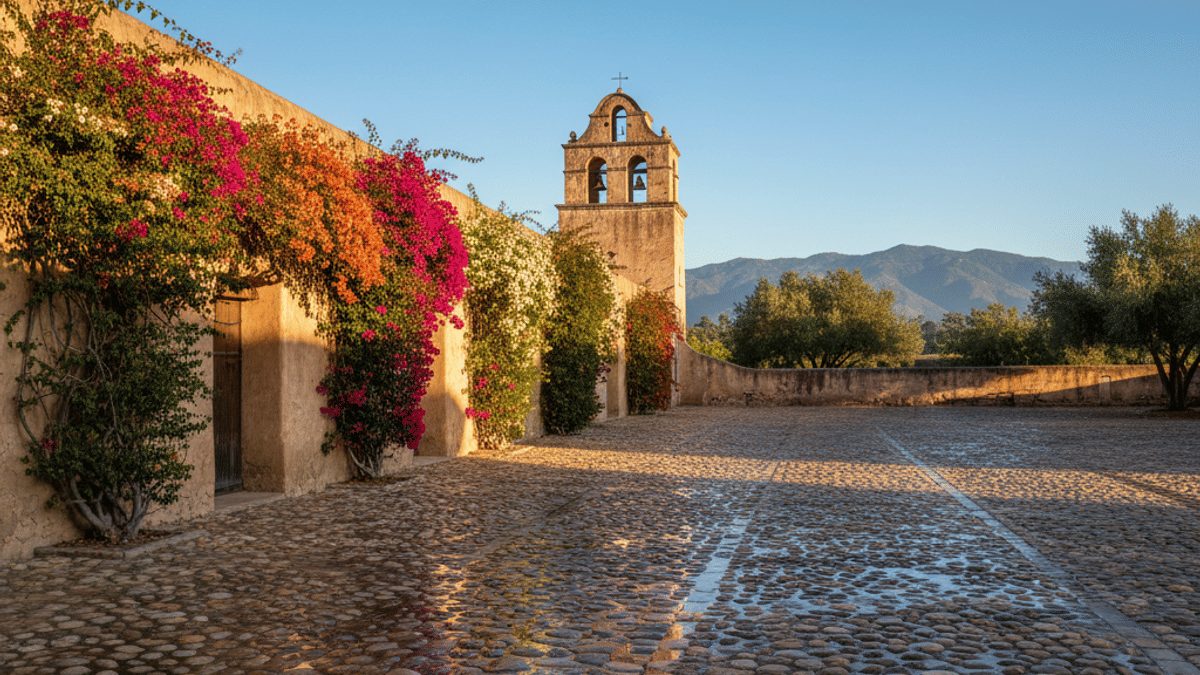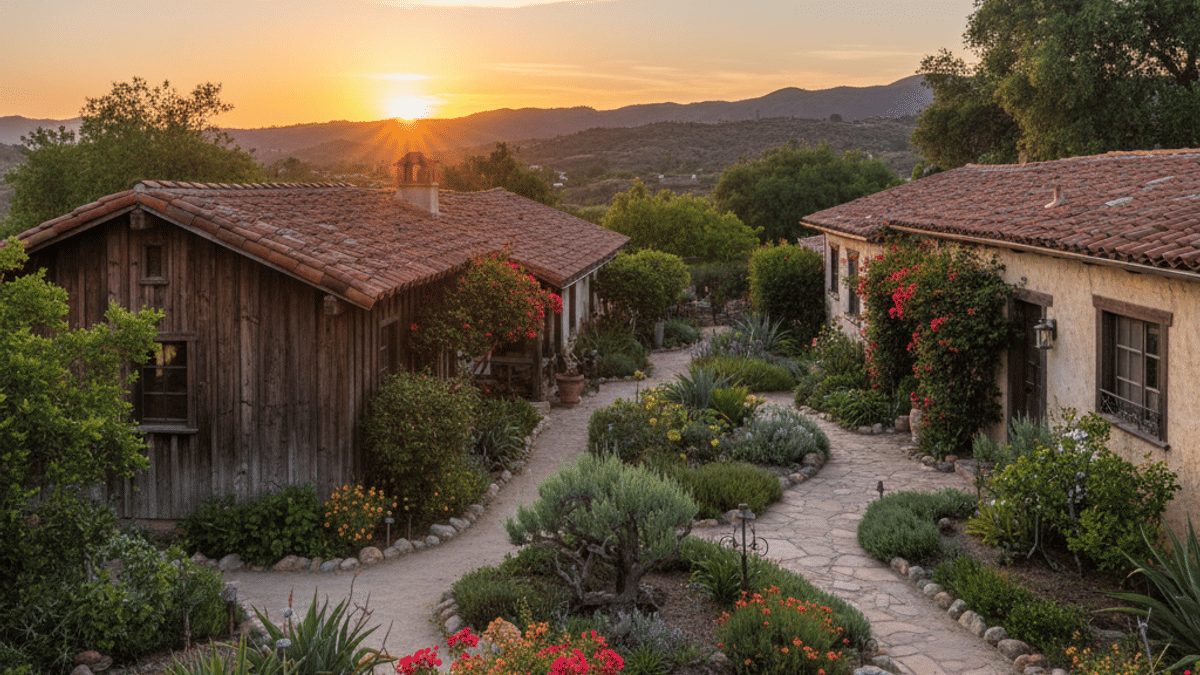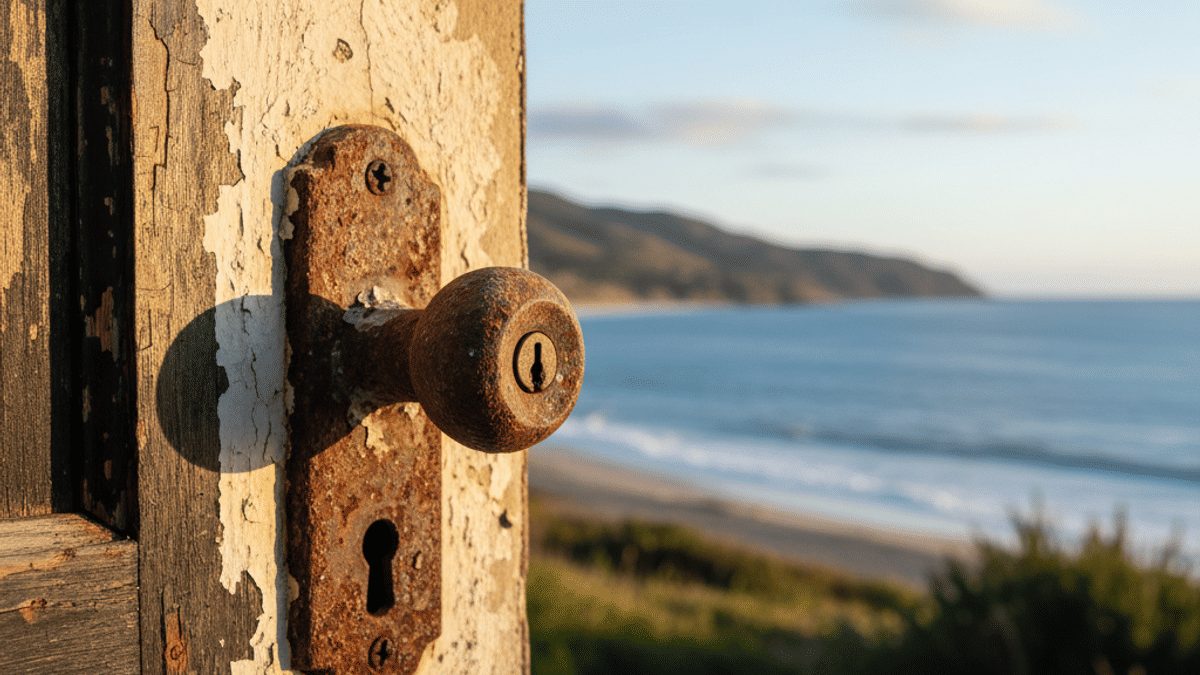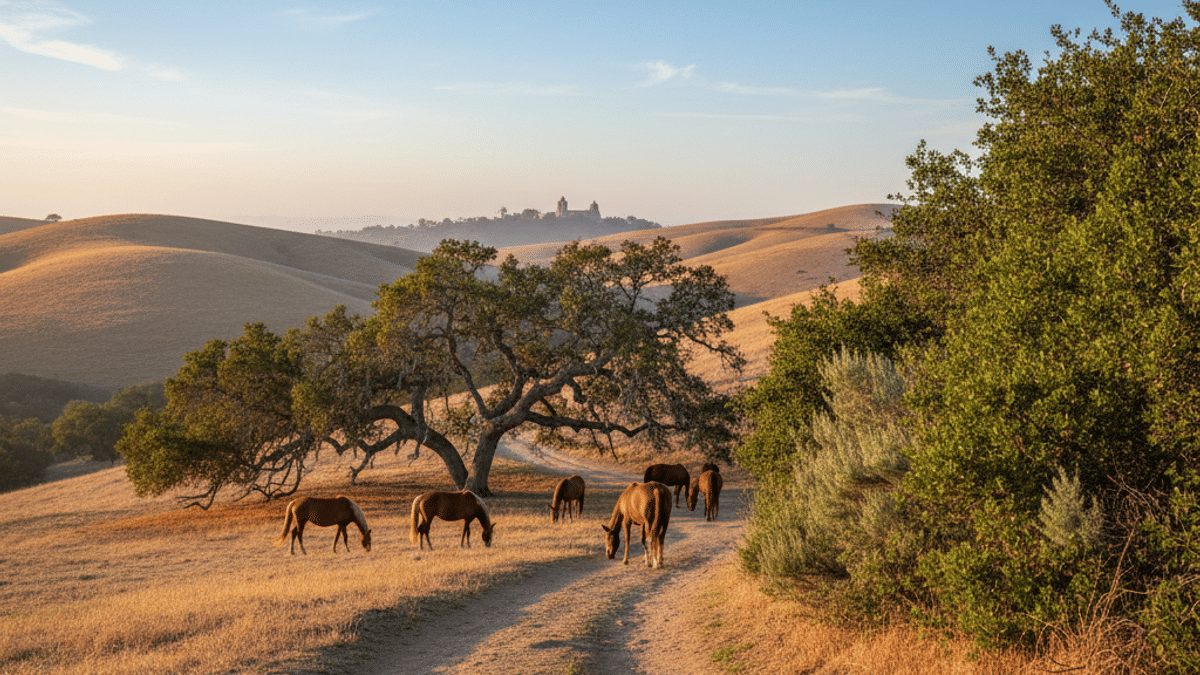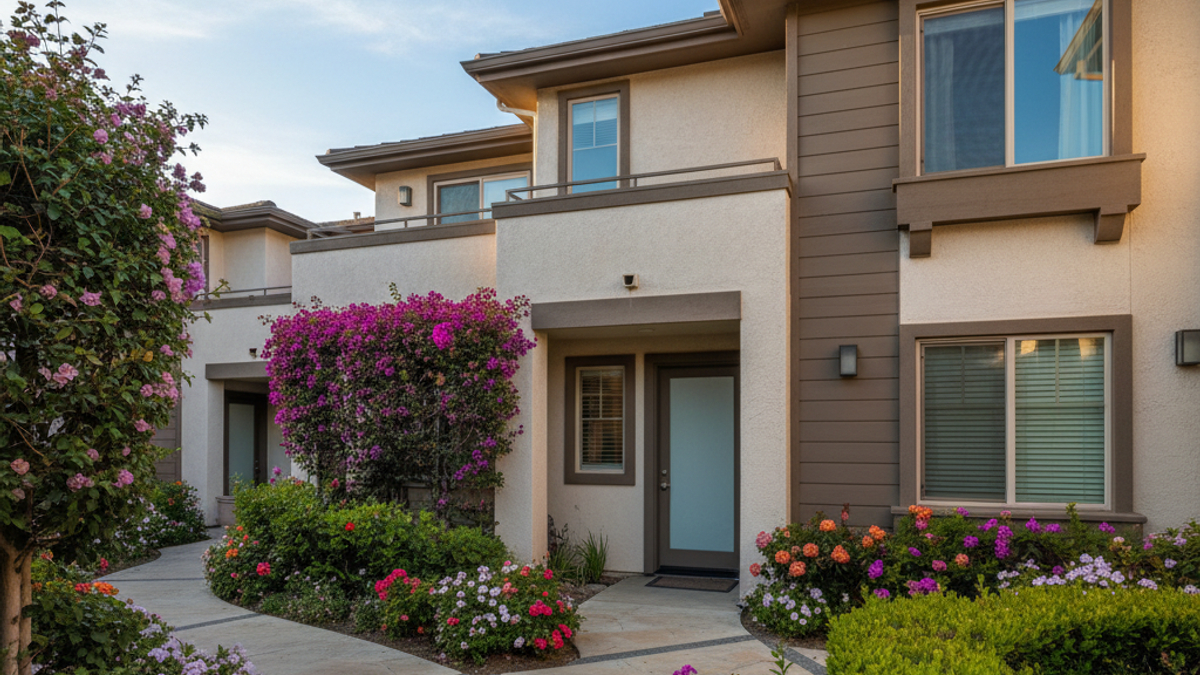Overview: A Quick Pulse Check
Fifteen thousand. That is the rough headcount for Coto de Caza in 2025, give or take a few new neighbors unpacking boxes this week. Median sale price has crossed 2.4 million dollars, up about eleven percent since last spring. Inventory feels tight. Roughly three listings hit the market for every five that vanish into escrow, so buyers keep one eye on new alerts and the other on their lender’s emails. Net migration is slightly positive. More households arrive than leave, lured by the gated privacy, the country-club energy, and acres of wild-oak canyons. Five themes always pop up in relocation calls: sticker shock, life behind the gates, outdoor culture, commute math, and the rulebook known as the HOA. Let’s pull each thread.
Sticker Shock Is Real
You already figured Coto de Caza is pricey. The question is why the premium holds even in choppy markets. Part of it is supply. The community is mostly built-out, so owners are sellers only when a career shift or lifestyle pivot forces the move. Fewer homes circulate. In February 2025, the whole ZIP code carried just twenty-four active listings. Compare that to nearby open-access tracts showing triple that number. Thin supply drives the bidding wars you keep hearing about.
Price per square foot hovers near 730 dollars. Entry-level means a 2-bed patio home flirting with nine hundred grand. The sweet spot sits around 1.9 million for a four-bed on a quarter acre. Estates with six-car garages and canyon views clear 4 million regularly. Yes, jumbo loans rule here.
Sellers hold leverage but buyers who arrive pre-underwritten still win. Cash is king yet strong conventional financing backed by a fast close can beat a lower all-cash number. Inspections matter even more. Stucco hairline cracks and clay-tile lift sound harmless until the repair bids land. Budget another one and a half percent for closing costs and five figures for immediate tweaks.
Bottom line: calculate tolerance before you fall for a listing. Love at first showing fades when the payment estimate hits the inbox. If the math still makes sense, move fast. The rest of the pack will.
The Gates Change Everything
Coto de Caza runs on two guarded entrances and roving patrol. That set-up creates a buffer between everyday Orange County bustle and the winding streets inside. Delivery drivers need clearance, rideshares report plate numbers, and out-of-town friends punch codes at the kiosk. Some newcomers shrug that off. Others relish the controlled flow the minute they hand toddlers a bike. Decide which camp you occupy.
Living behind gates also knits neighbors together. You bump into repeat faces on the dog loop, at the general store café, on tee boxes, or during the Fourth of July golf-cart parade. Reputation travels quickly. The upside is a community that self-polices litter, speeding, late-night noise, and front-yard projects that drift beyond design guidelines. The downside is… well, the same thing. If you hope to paint siding neon green or host amplified pool parties past curfew, brace for letters.
Social life leans club-centric. Two eighteen-hole courses anchor the landscape. Grab a tennis membership, a sport-court pass, or just sample Sunday brunch. Club fees stack on top of HOA dues, so line items add up. Yet many residents argue the extra spend compounds property values. Fewer outside visitors means less wear on the amenities and an aura you will not replicate in a public park.
One more nuance: the gates are not just symbolism. Insurance carriers take notice, and some premiums drop because of the controlled access. Not every policy reflects it, but worth a call to the agent. In short, the gates shape daily rhythm, neighbor interaction, even household budgets. Know your comfort level before committing.
Horses, Hikes, and No Excuses to Stay Indoors
Coto de Caza grew up as an equestrian enclave, and the trail map proves it. Forty miles of dirt bridle paths lace through coastal sage and sycamore groves. Saddle up or lace boots; either way, you will share switchbacks with deer and the occasional coyote. The Barn—yes, that is the official name—boards roughly a hundred horses. Lessons range from beginner walk-trot to show-jumping finesse. Lesson slots fill early on weekends, so prospective residents with aspiring riders should tour the facility while house-shopping.
If hoofbeats are not your soundtrack, two golf courses beckon. The South Course challenges single-digit handicaps with forced carries over ravines. The North offers friendlier fairways and a sneaky-tough back nine. Club social calendars stack wine dinners, pickleball mixers, and movie nights on the lawn. Golf is optional; hanging out is not. You will find yourself at the clubhouse patio sooner or later.
Open-space cravings? Thomas F. Riley Wilderness Park borders the community. No entrance fee for walkers who enter from the interior trailhead. Raptors nest in the oak canopy, and wildflowers paint the slopes in March. The park closes at sunset, so time your out-and-back loops.
Kids or adults yearning for leagues have an unexpected choice: a city recreation complex sits just beyond the north gate in Rancho Santa Margarita. Drive eight minutes and you land at soccer fields, aquatics, and youth baseball. That cross-pollination keeps Coto kids connected to larger peer circles, useful once middle school carpools kick in.
Long story short, couch potatoes do exist here. They simply have to dodge cyclists, joggers, and horse trailers to maintain the streak.
Drive Time and Essentials
Let us zoom out. Coto de Caza lies ten miles inland from Interstate 5. That distance is both blessing and inconvenience. The payoff is quiet canyons. The trade-off is a commute that starts with a two-lane county road. Morning traffic inches past golf-course fences until it spills onto Antonio Parkway. From there you choose north toward Irvine corporate corridors or south toward Mission Viejo medical campuses. Thirty minutes is a routine estimate though stormy afternoons or holiday weekends can double it. Remote work changes the equation. Many residents negotiate hybrid schedules to dodge peak congestion.
Air travel means John Wayne Airport first. Plan on thirty-five minutes curb to curb outside rush hour. LAX is a different beast: allow ninety minutes on Fridays. Helicopter charters have been known to drop in on the driving range for charity events, but we are focusing on everyday mortals here.
Groceries and pharmacy runs feel easy. A small market operates inside the gates, handy for espresso, grab-and-go salads, and that emergency bottle of sparkling water when guests arrive unannounced. Full-service grocery options cluster along Santa Margarita Parkway, eight minutes tops from most front doors. Big-box lumber and garden supplies sit fifteen minutes out near the 241 tollway interchange.
For hospital care you head to Mission Hospital in Mission Viejo. Ambulatory clinics sprinkle Laguna Niguel and Ladera Ranch. Urgent care in Rancho Santa Margarita handles weekend ankle sprains.
Translation: life’s basics are nearby, yet a second vehicle is non-negotiable. Some households even tag in a third for teen drivers once sophomore year hits. Gas budgets rise but residents accept the trade for elbow room and sunset views uninterrupted by streetlights.
Rules Run Deep
The Homeowners Association writes a hefty manual. Paint palettes, fence heights, solar-panel angles, all spelled out. Submitting architectural forms feels like a part-time job the first year. Approvals take four to six weeks and inspectors circle back before your contractor gets paid in full. Annoying? Yes. Effective? Also yes. Strict oversight keeps rooflines harmonious and lawns trimmed. That consistent curb appeal feeds resale numbers in any market cycle.
Monthly dues climb with lot size. Small-lot enclaves hover near 300 dollars, while larger custom estates approach 800. The fee covers common-area landscaping, patrol, and gate staffing. Special assessments appear rarely but they do happen. Gatehouse tech upgrades in 2022 cost each owner a onetime 240 dollar bill. Worth remembering when you calculate affordability.
Rules extend to lifestyle details. Street parking after 2 AM earns a courtesy tag then a fine. Holiday lights must vanish by mid-January. Pets? Dogs enjoy miles of sidewalks but leash laws hold firm. Chickens, goats, or other backyard farm dreams end at the ARC committee. Short-term rentals face strict minimums, effectively eliminating nightly stays. Investors banking on vacation income should look elsewhere.
Yet the governance comes with a communal upside. Complaints rarely linger thanks to a responsive management company. Vendors pass background checks before working onsite. Annual financials disclose reserve levels clearly. Read them. A healthy reserve minimizes future special assessments and signals competent leadership.
Moral of the story: embrace the structure or steer clear. Life here rewards owners who play by the book and keep the neighborhood vibe intact.
Wrapping Up
Moving to Coto de Caza is not just about buying a house. It is about buying into a rhythm built on canyons, club culture, drive-time math, and meticulous rules. The sticker price can jolt first-timers yet makes sense when you weigh privacy and long-term value. The gates craft a bubble where neighbors know faces and expectations stay crystal clear. Trails, fairways, and wilderness eliminate excuses to stay sedentary. Commuters swallow extra minutes on winding roads but collect them back in star-filled night skies. The HOA manual feels thick until you recognize how much it safeguards resale. If those trade-offs line up with your priorities, pack the boxes. Coto might just fit like a custom saddle.
FAQs
- How competitive is the home-buying process right now?
Expect multiple offers on anything priced under the neighborhood median. Pre-approval letters dated within thirty days and flexible closing timelines help buyers stand out. - Are there public schools close by?
Yes. Elementary through high school campuses sit in nearby Wagon Wheel, Las Flores, and Rancho Santa Margarita. Buses run inside the gates for morning pick-ups. - Do I need a club membership to live here?
No. Membership is optional. Residents who skip it still enjoy neighborhood parks and trails at no extra cost. - What utility costs should I budget?
Summer electric bills climb with large-scale air conditioning. Many owners offset with solar arrays. Water tiers reward low irrigation use, so drought-tolerant landscaping helps. - Is new construction available?
Very limited. Most parcels were built out by the early 2000s. Buyers wanting brand-new finishes typically target remodels or purchase and renovate older homes.
You now have the inside track. The next move is yours.

